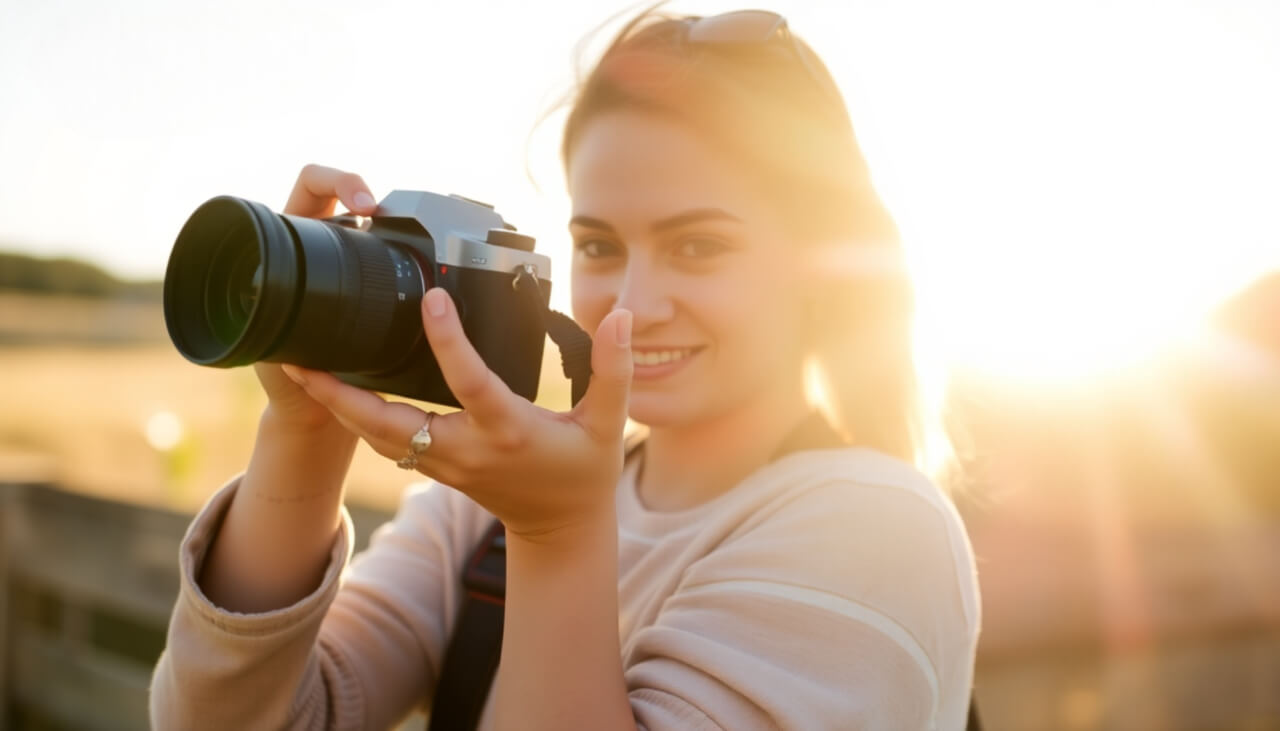May 19, 2025

Photography is more than pressing a shutter. It's the art of storytelling, capturing emotion, freezing time, and presenting the world from your unique perspective. Whether you’re just starting out or leveling up your hobby, knowing how to take good pictures can change everything — from your Instagram feed to launching a professional career.
This beginner-friendly guide dives deep into essential techniques and creative tips that help you consistently take better pictures — even with basic equipment. With the right mindset, practice, and strategy, you’ll start creating photos that evoke emotion, tell stories, and capture attention.
Lighting is the most crucial factor in photography. Without good lighting, even the most expensive camera can produce dull or lifeless photos. Natural light — especially during the golden hour (an hour after sunrise and an hour before sunset) — offers a soft, warm glow that adds dimension and richness to your images.
Try these:
Indoor? Position your subject near a window, and turn off overhead lights to avoid color casts.
Want to dive deeper into the magic of golden hour? Check out this complete breakdown in “What is Golden Hour Photography and How to Use It”.
The difference between a snapshot and a stunning photo often comes down to composition. Use the Rule of Thirds — imagine a 3x3 grid over your image, and position key elements where the lines intersect. This creates balance and guides the viewer’s eye naturally.
Other composition tools:
Want your photos to look like scenes from a film? Try cinematic techniques shared in this guide to wedding cinematography.
You don’t need a $5,000 camera to take good photos. A creative eye and understanding of light and angles matter more than gear. Whether you’re using a smartphone or DSLR, your vision drives the outcome.
However, if you’re ready to upgrade, explore beginner-friendly camera options tailored for 2025 in this camera buyer’s guide.
Photography is about noticing details others miss. Train your brain to observe:
Carry your camera or phone daily. Shoot everything — shadows on the wall, your coffee, busy streets. Over time, you’ll build a photographer’s instinct and style.
Post-processing is your chance to refine and elevate your photos. Use apps like Lightroom or Snapseed to:
But remember: good editing enhances, not disguises. Aim to maintain the authenticity of the moment.
Want to polish your editing skills like a pro? Don’t miss this essential guide: How to Edit Photographs Like a Professional
If you’ve started to take consistently good photos, why not earn from them? Many photographers make money by selling their photos as stock images, prints, or through photo licensing platforms.
Get started with this guide on how to sell your photos online for passive income.
Looking for the best platforms to showcase and monetize your shots? Check out:
Whether you're shooting landscapes, portraits, or creative edits, there's a market waiting for your work.
Good photographers aren't born — they’re built through relentless practice and thoughtful reflection. Take time to look back on your older work and identify what you’d do differently now. Study other photographers, experiment with new techniques, and never stop shooting.
Want to try a surreal artistic challenge? Learn how to create double exposure photos and combine two images for dreamlike results.

Learning how to take good pictures is an evolving journey. The more you experiment, the more your voice will shine through your work. Follow curiosity, embrace imperfections, and let your passion shape your path.
Remember: Every expert was once a beginner who didn’t quit.
Stay up to date with the newest tips, gear reviews, and step-by-step guides to elevate your photography journey from home and beyond.